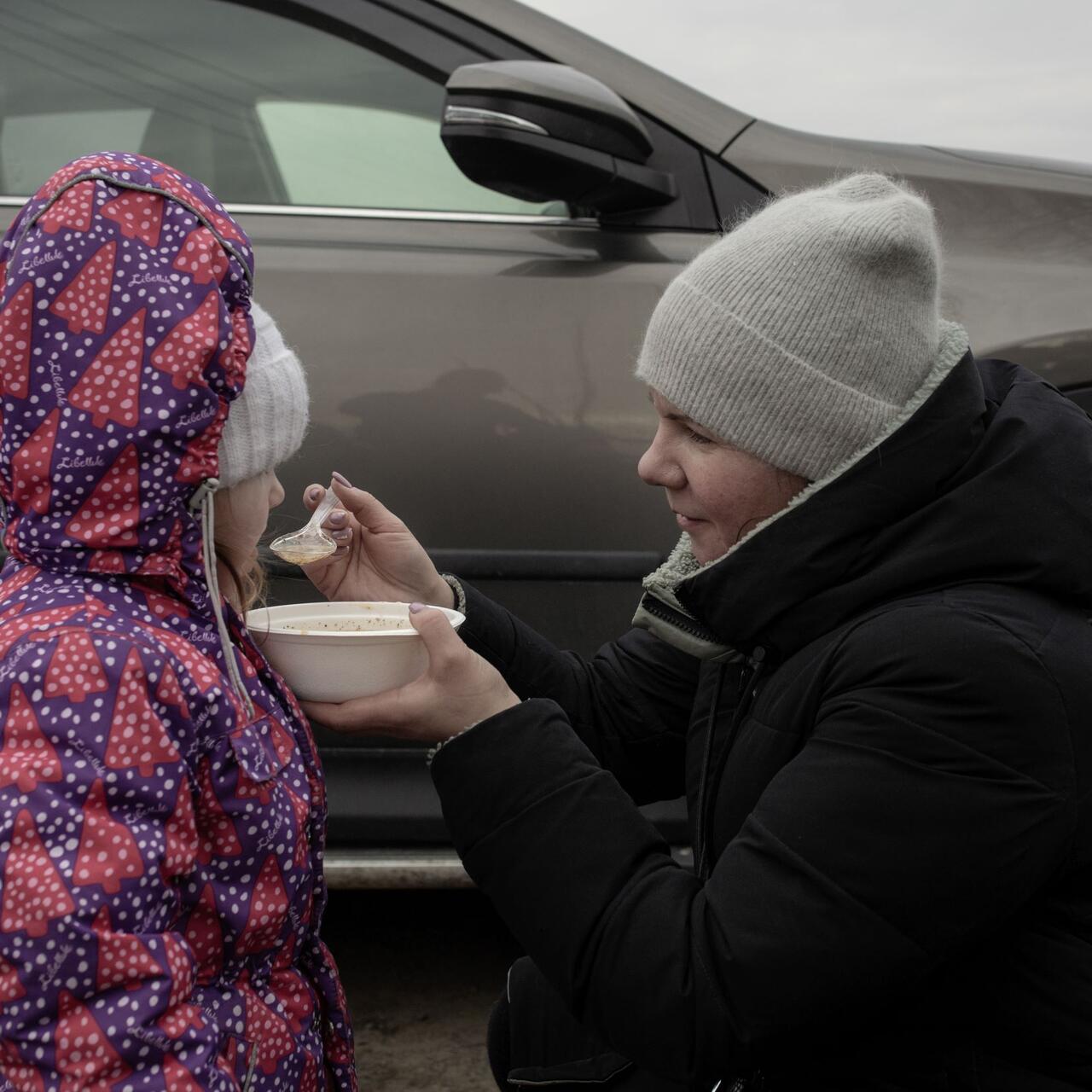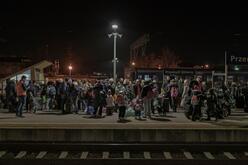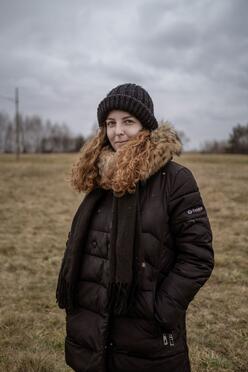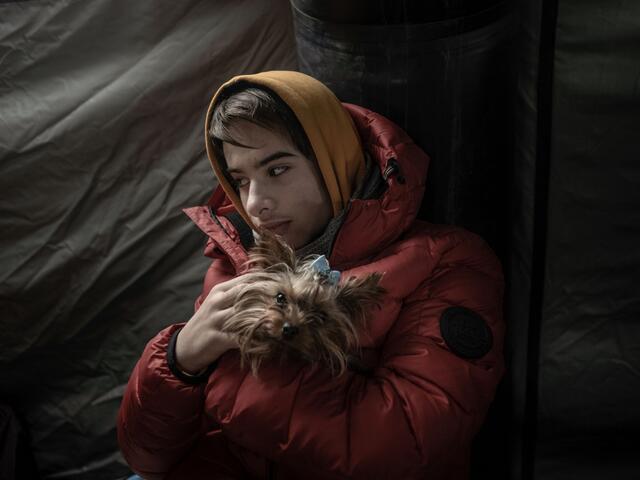
How to help refugees from Ukraine
Refugees have fled Ukraine since the Russian invasion, learn who they are and where they are going.

Refugees have fled Ukraine since the Russian invasion, learn who they are and where they are going.
Ukraine is not safe for civilians. The continued conflict between Russia and Ukraine which is causing extreme civilian harm.
Over 4 million refugees have been forced to flee Ukraine since February 24th. This is the fastest exodus of refugees this century.
Refugees fleeing Ukraine are primarily going to neighbouring Poland, Moldova and other European states.
Most refugees are women and children, who are always at higher risk of exploitation and abuse. Many families have been separated as men aged 18 to 60 are unable to leave while the country is under martial law.

As the conflict goes on, people are arriving with fewer resources. “People are arriving across the border exhausted, hungry and cold,” said IRC Ukraine emergency response team lead Heather Macey.
Many of those arriving over the border into Poland did not have time to gather identity documentation like passports and birth certificates when they fled. This puts them at risk of exploitation, crime and trafficking.
Women and girls in particular are at risk of sexual violence, gender-based violence, and trafficking. Refugees also do not have regular access to emergency medical services or health care, putting pregnant women and others with medical conditions at risk.
In the European Union, Ukrainian refugees have been granted “temporary protection” status. This means that people fleeing the conflict have temporary protection in Europe for up to three years, without having to apply for asylum, and with a broad set of rights including access to work, housing, social assistance and education across the EU.

The largest number of refugees escaping Ukraine had crossed the border to Poland. There are over 1.8 million refugees in Poland right now, although that number is changing every day that the violence continues.
The government of Poland is establishing a number of reception centres throughout the country to receive and assist refugees arriving from Ukraine. Refugees may stay in these centres for a couple of nights before finding shelter elsewhere in the country.
“It was a hard decision to come here because my dad can’t be with us–men are not allowed to go abroad,” said Anastasia, a 24-year-old who fled to Poland with her mother and younger brother. “But we decided to leave because no one knows what will happen today or tomorrow.”
The best way to help right now is to donate to organisations like the IRC. The IRC is on the ground in Poland, and working with local partners in both Poland and Ukraine. Working with partners allows us to bolster the crisis response of people who have already been active in the community and are experts on the local context.
The International Rescue Committee (IRC) is on the ground in Poland, working with partners to provide critical information services, legal counseling and psychological support, as well as essential items such as medical supplies, sleeping bags and blankets.
We have also supported a dedicated hotline for legal assistance and support for women, and procured medical equipment for reception centres on the Ukrainian/Polish border.
In Ukraine, we are working with partners to support evacuation efforts for women and children, and to provide information on housing, employment, refugee rights and psychosocial care. We are also providing essential items such as groceries, blankets, warm clothes, electrical appliances and stoves where gas and electricity has been destroyed.
The IRC is calling on the United Kingdom to ramp up its efforts to welcome refugees from Ukraine, including non-Ukrainian nationals.
Not everyone fleeing Ukraine is Ukrainian. Students from African countries, Afghan refugees and Belarusian asylum seekers are among the people from countries around the world who have had to flee Ukraine. This includes asylum seekers and other people with short-term residence status in Ukraine who may be unable to return home.
The UK has a responsibility to welcome those seeking safety. Call on the Home Secretary, Priti Patel, to provide safe passage for people fleeing Ukraine, and for the UK government to work with other countries so that those fleeing the conflict– including non-Ukrainian nationals– are offered sanctuary in Britain.
Seeking asylum is a human right, and it is our moral imperative to give refuge to those fleeing for their lives no matter their race, religion, colour or creed.
The UK government has launched Home for Ukraine which enables people in the UK- as well as charities, community groups and businesses – to offer accommodation for Ukrainians.
People arriving under this scheme will be able to:
The Government’s decision to support communities in the UK to help refugees from Ukraine is a welcome step. However, the scheme will struggle to meet the scale and urgency of the needs. We’re calling for more to be done to protect people escaping the conflict in Ukraine.
Before the crisis in Ukraine, there were already more than 82 million refugees and displaced people around the world–a number that has doubled in the past decade.
There has been a global outpouring of support for people fleeing Ukraine. However, the world must not forget the other crises that together have displaced more people than at any time since World War ll. The IRC is calling for equal empathy to be shown for refugees and displaced people around the world including those fleeing crises in Afghanistan, Ethiopia, the Democratic Republic of Congo, Yemen and Syria. The world must continue to provide lifesaving funding for these crises, and advocate for the end to conflicts that contribute to them.
